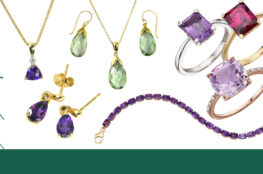
Romancing the stone – Opal
There is one gemstone that produces the most wonderful optical effects and is without doubt a miracle of nature. Prized for its play of iridescent colours which change like a kaleidoscope when the stone moves it is Opal, the birthstone for October
The ancient Latin name for opal was ‘Opalus’ derived from the Sanskrit Upala meaning ‘precious stone’
Pliny gave an enthusiastic description of an opal about the size of a hazelnut which belonged to a Roman senator called Nonius. “In it”, he says “You shall see the burning fire of the carbuncle, the glorious purple of the amethyst, the green sea of the emerald, all glittering together in an incredible mixture of light”
A colleague of mine who worked at the Gemmological Association with me years ago aptly describes the opal as the ‘Harlequin of the gem world’. Others have described them as tiny manifestations of the natural world -The best as beautiful as the sheen of oil on water or a peacocks feather.
Opal is not a crystal but consists of the mineral silica associated with a small amount of water. It is more like a mineralogical jelly and like the best jellies, it can in adverse conditions dry out and the colour will be lost.

18ct yellow gold opal & diamond crossover ring
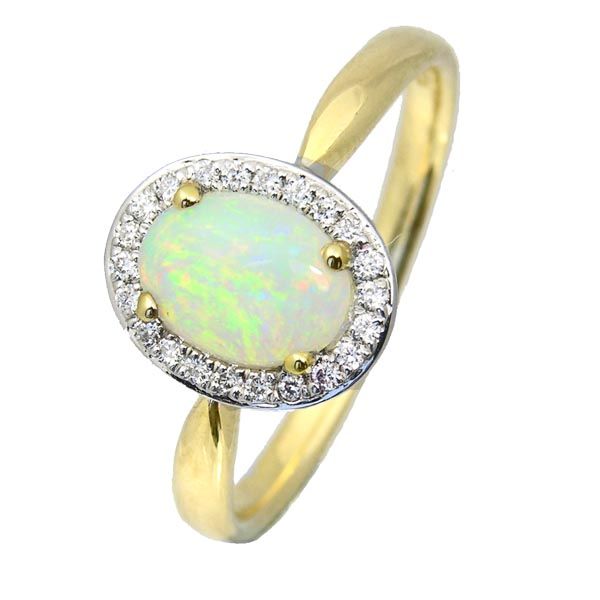
18ct yellow gold oval opal & diamond cluster ring
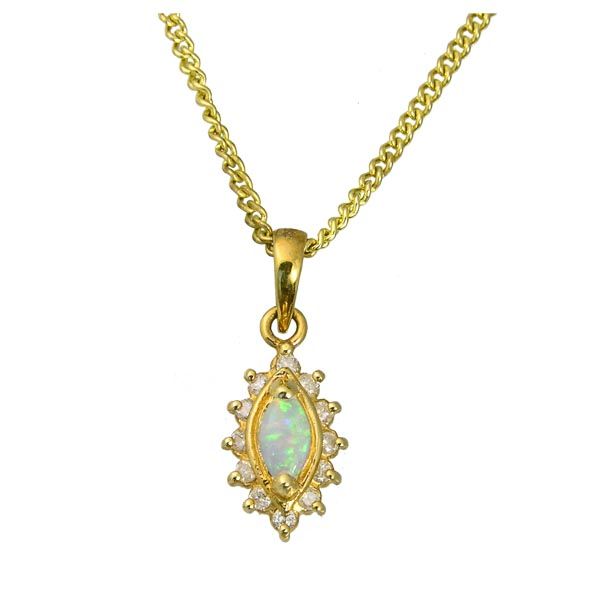
Unique 14ct yellow gold marquise opal & diamond cluster pendant
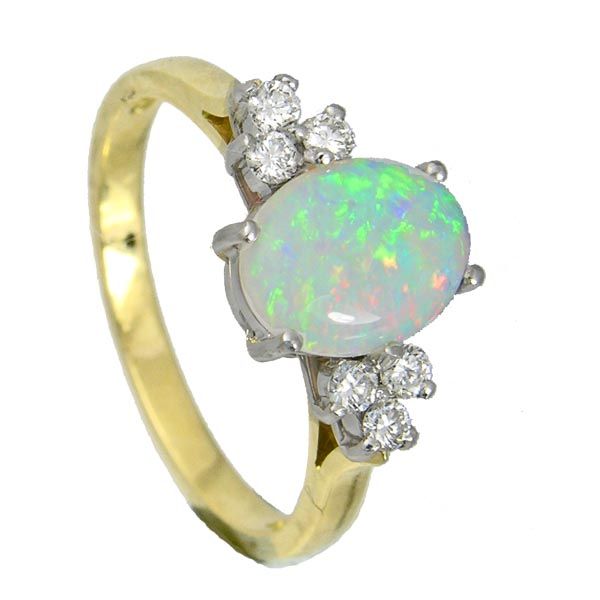
18ct yellow gold oval opal & diamond ring
Although it is a hard material Opal is the softest of the gemstones.
Precious opal which is used in jewellery is where little or no base rock is present and can is classified into three types, white opal, black opal and fire opal. Boulder opal which has a high proportion of base rock is used for carving miniature ornaments.
The normal cutting style for a white or black opal is a shallow oval cabochon, whereas the fire opal with its orange or red body is usually cut in as a faceted gem
Certain factors can greatly affect the value of an opal such as opal type, body tone, brilliance and play of colour. In fact, opal is one of the few gems that vary in appearance from the priceless to the worthless.
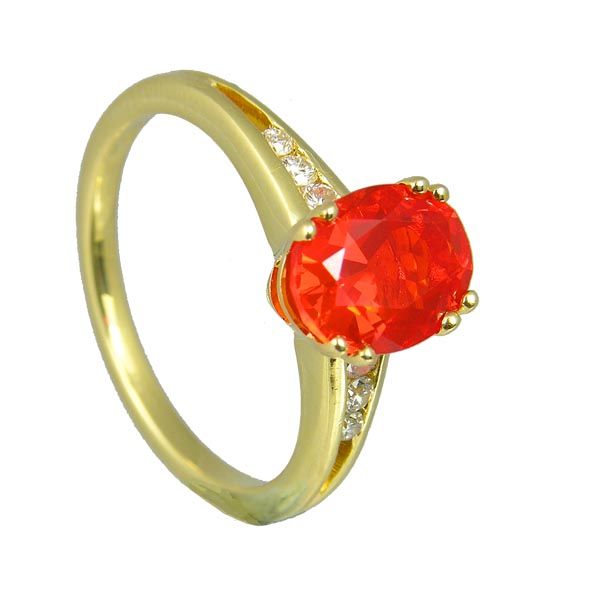
Pre loved 18ct fire opal & diamond ring. Yes it really is that colour and was sold within days.
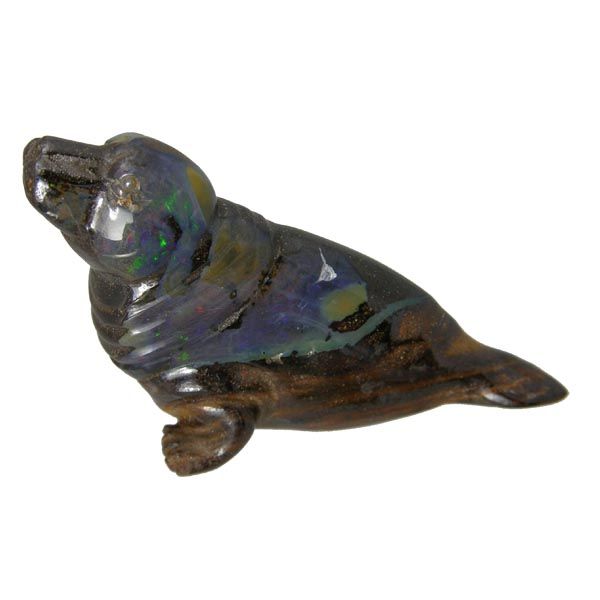
An example of a carved boulder opal seal ornament

9ct yellow gold opal & diamond ring
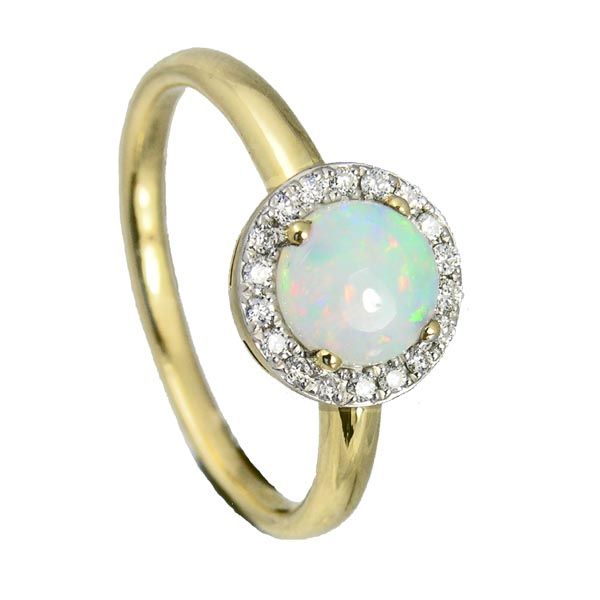
Opal & diamond ring
Opal jewellery is also found in the form of opal doublets or triplets. These are rather like a sandwich where a thin slice of opal is cemented to another material such as potch opal or glass. It is worth considering this option if you want a black opal look at an inexpensive price.
Today, the greatest proportion of the world’s opal comes from Australia which was discovered at the end of the 19th century. Prior to this, opals were mined in Czechoslovakia (Hungary). The stones mined there had a milky white background with small points of colour forming a mosaic of changing hues known as harlequin.
We are currently designing a ring for a client using a loose free form opal which we hope to be able to show you the progress to the final finished ring in a future issue.


